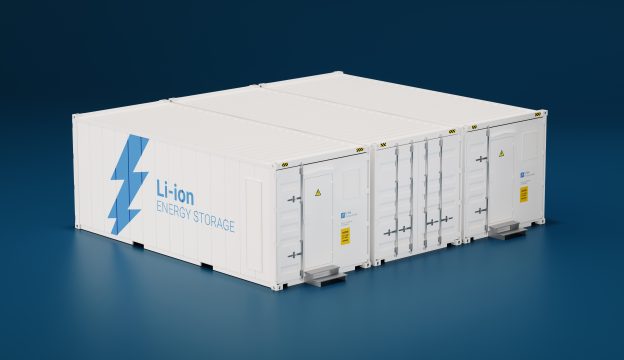Most existing lithium-ion batteries are adopted with poisonous and volatile organic liquid electrolytes. In order to elevate the security of batteries, scientists are now targeting solid electrolytes, and have developed bendable solid ionic conductors that are as thin as paper using wood cellulose.
Electrolytes, responsible for transmitting lithium ions, reside in between the cathodes and anodes of lithium-ion batteries, and are mostly in a liquid gel form, which add to the weight of the batteries. Liquid electrolytes are also prone to flammability, as well as instability under high temperature, and risks of fire from short circuit in equipment, alongside frozenness under low temperature. In addition, electrolytes would generate dendrites during the charging and discharging process, which may lower the capacity, performance, and lifespan of batteries.
So why are lithium-ion batteries primarily adopted with liquid electrolytes knowing that they are extremely flawed? The reason is that solid electrolytes formed with glass and ceramic are exorbitant and difficult in mass production. Despite advantages from sufficient security, high energy density, and lightweight, with effective transmittance of ion and a fast charging speed seen from ceramic materials, the crunchiness and rigidity of the material is unable to sustain a high level of pressure during charging and discharging.
Brown University and University of Maryland have thus turned their focus onto wood, and believe that cellulose nanofiber (CNF) may be applicable to batteries. CNF is a biomass material obtained from pulp, where cellulose in plant cells undergo nano-level fiber separation, which forms ultra-fine fiber materials that are 3-100nm in width and 5㎛ in length.
The research team formed a new solid ionic conductor by combining copper with CNF, which is on par with ceramic materials in terms of ion conductivity at 10-100 times higher than that of other polymer ionic conductors. As pointed out by the research team, copper is able to effectively expand the space between cellulosic polymer chain, and form an “ionic highway” that accelerates the transmission speed of lithium ions.

(Source: Brown University)
Liangbing Hu, Professor of Materials Science and Engineering at the University of Maryland, commented that the new ionic conductor has attained the highest record of ion conductance among all solid electrolytes.
The new solid ionic conductor is as thin as a single sheet of paper, with a sufficient degree of flexibility. The research team believes that the particular material can sustain the pressure generated from the charging and discharging of batteries, and thinks that it can be applied in solid battery electrolytes as the ion conductive adhesive.
Many scientists believe that solid electrolytes are an important segment in attaining lithium batteries, and are able to surpass the bottleneck in the energy density of batteries, before finally extending the mileage of electric vehicles and airplanes.
(Cover photo source: pixabay)







